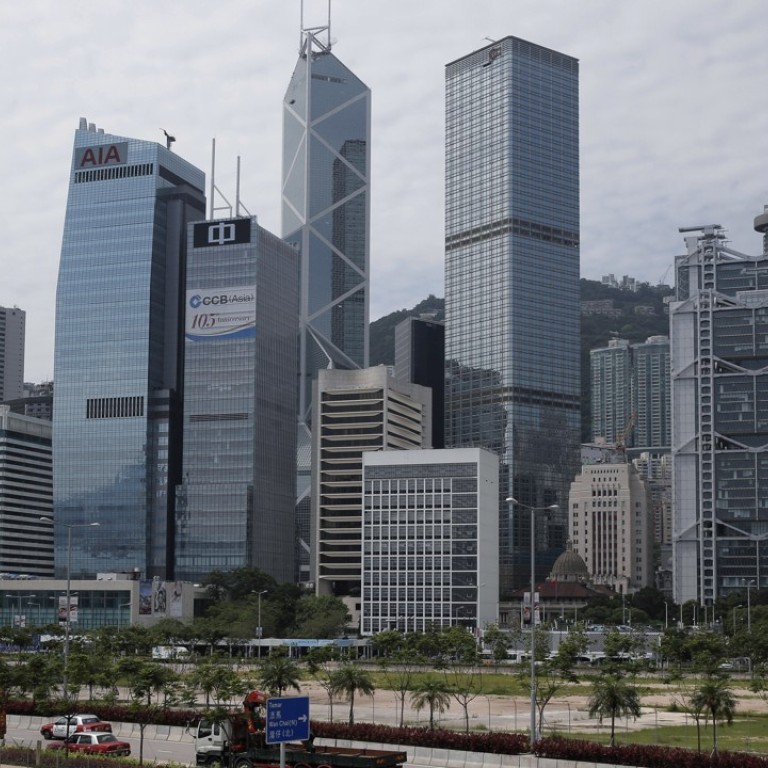
New deal marks shift in Hong Kong’s plan to capitalise on 'Belt and Road Initiative'
City to sign agreement to be part of nationwide blueprint in China’s global development strategy
7 things you need to know from Hong Kong leader Carrie Lam’s policy address
The planned agreement marks a shift in the approach Hong Kong has taken from foraying on its own into about 65 countries located along the Belt and Road Initiative, to being part of a coordinating and collaborative effort with the central government.
“We must leverage the unique advantages of the HKSAR and the support we receive from the central authorities,” Lam said in her speech.
She promised to step up communication with the central government over the policy directions and implementation of the trade initiative based on “what the country needs” and “what Hong Kong is good at”.
The Belt and Road Initiative, that Chinese President Xi Jinping floated in 2013, is an economic strategy to connect Asia with Europe and Africa with a web of port, railway and motorway links and open up trade and commerce in about 65 countries.
Closer cooperation between Hong Kong and the mainland over the Belt and Road Initiative was a key part of China’s 13th five-year plan between 2016-2020.
In maiden Hong Kong policy address, Carrie Lam focuses on middle class to bring housing market out of crisis
Lam said Hong Kong sought to sign the potential agreement by the end of the year, which will cover such areas as finance, infrastructure, economic and trade facilitation, people-to-people bonds, project interfacing and dispute resolution. It will also cover the technology-driven cluster of nine cities in Guangdong, Hong Kong and Macau, known as the Greater Bay Area.
As for the development of the Greater Bay Area, the Hong Kong government will set up an office within the Constitutional and Mainland Affairs Bureau, which will be responsible for co-ordination with the central government.
Some business chambers such as the Hong Kong Chinese Importers’ and Exporters’ Association, Chinese Manufacturers’ Association and Chinese General Chamber of Commerce welcomed the potential agreement.
Billy Mak Sui Choi, an associate professor with Department of Finance and Decision Sciences, said it would help Hong Kong to have a clear-cut positioning in the national context.
“A lot of projects especially infrastructure and financing are government-led in terms of negotiation, so it’s difficult for Hong Kong to start off by itself,” he said. “The collaboration between the city and the central government will at least give Hong Kong a blind stick in deals and other co-operations.”
Hong Kong’s strengths and niches would be maximised, he said.

